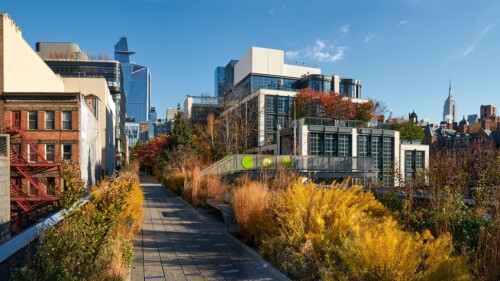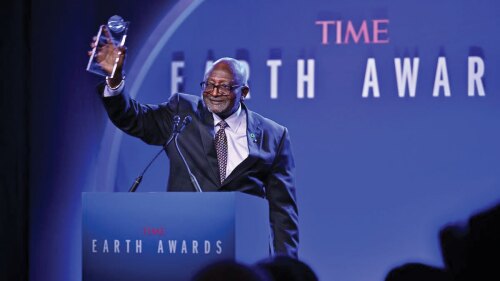Design and Planning
In late September 2019, 7,300 commuter students were settling into their routines at the University of Southern Maine (USM) in Portland, where the academic year had just begun. Then, at the end of the month, a fire main broke beneath the repurposed industrial building serving as the student center, flooding it with six inches of mud. City officials declared the building uninhabitable, leaving the school without a student center.
In the Belgian municipality of Edegem, just a 20-minute bike ride from Antwerp’s city center, a brownfield site that once stored camera film has become a biodiverse, sustainable mixed-use residential and commercial neighborhood.
One of Singapore’s most vibrant districts demonstrates how public/private partnerships and the community can shape the built environment.
For two hundred years, the Warsaw Citadel at the heart of Poland’s capital was a restricted military and administrative area, cut off from public access. With the recent opening of the Polish History Museum, as well as the new Polish Army Museum, the 19th-century fortress’ 74-acre (30 ha) grounds now serve as a multifunctional cultural and educational facility and park that preserves and showcases the country’s heritage.
Four experts discuss how to rebuild urban cores by bringing the public and private sectors together to create thriving downtowns that entice remote workers to return to the office and broaden the mix of uses.
The transformation of Indianapolis’s historic Coca-Cola bottling plant into the Bottleworks District represents one of Indiana’s most ambitious adaptive use projects.
Kansas City’s Berkley Riverfront, on the banks of the Missouri River, is rapidly becoming one of the most promising urban developments in North America. With a history rooted in trade and commerce, and an unmatched reputation for world-class sports, the Heartland of America riverfront is on the brink of becoming a diverse, modern-day community hub of activity, blending residential, commercial, and recreational space.
A recent announcement from the Atlanta city government has once again sparked conversation around the redevelopment of a once-vibrant mall in Atlanta’s historic West End neighborhood.
Aberdeen, South Dakota’s rich history as a bustling hub with a vibrant downtown provides a strong foundation for revitalization. Historic photos of Main Street from the early 1900s could easily be mistaken for scenes from Brooklyn, New York, of the same era. Understanding why the town moved away from this dynamic core, and lost its historical vibrancy, is essential.
Texas Southern University professor and environmental justice advocate to receive ULI Prize for Visionaries in Urban Development.










